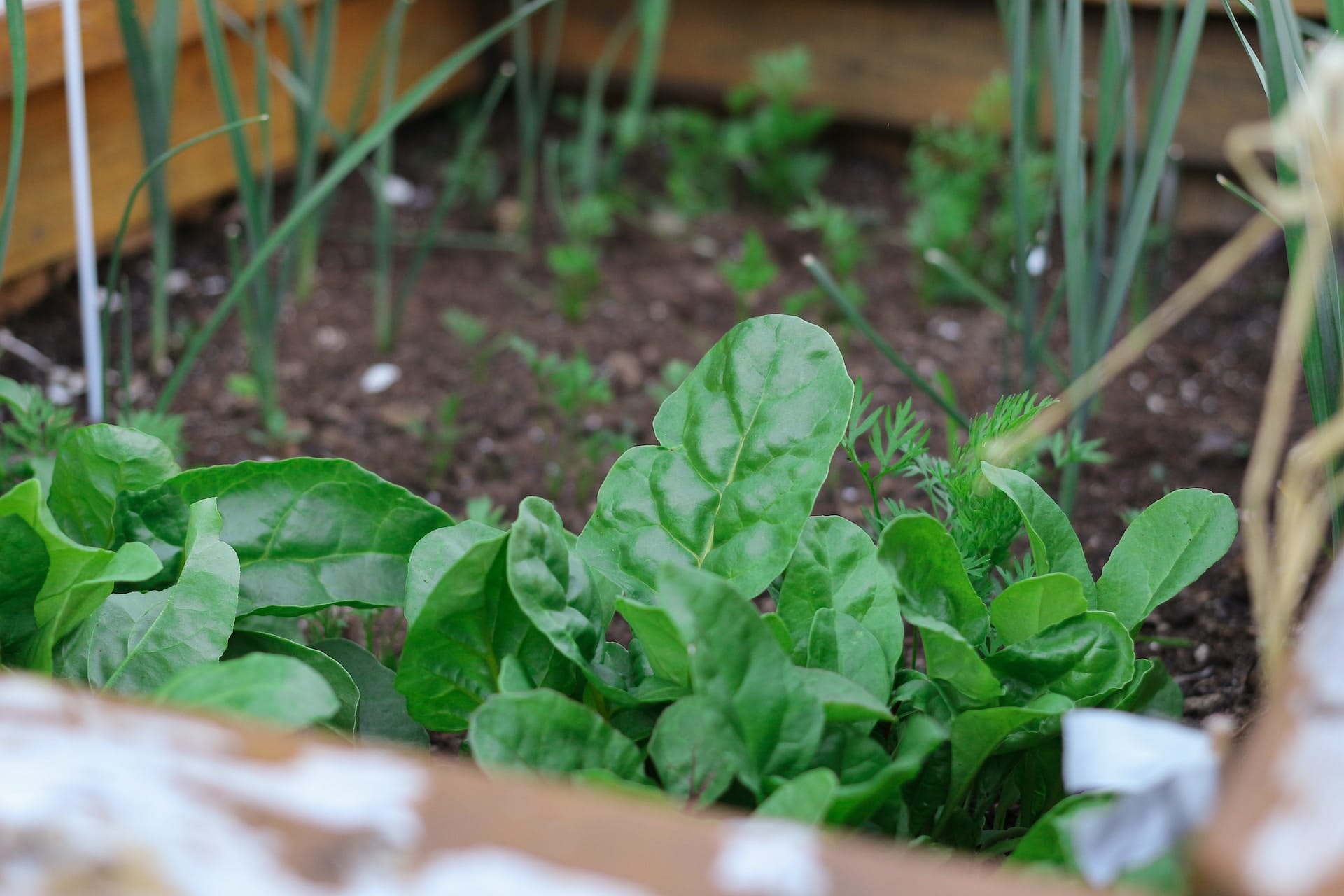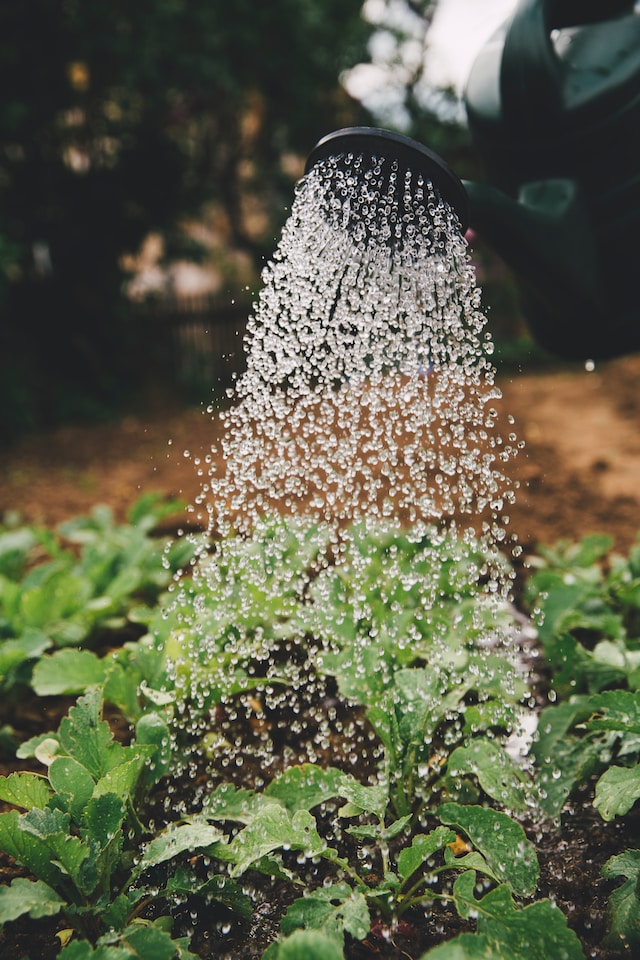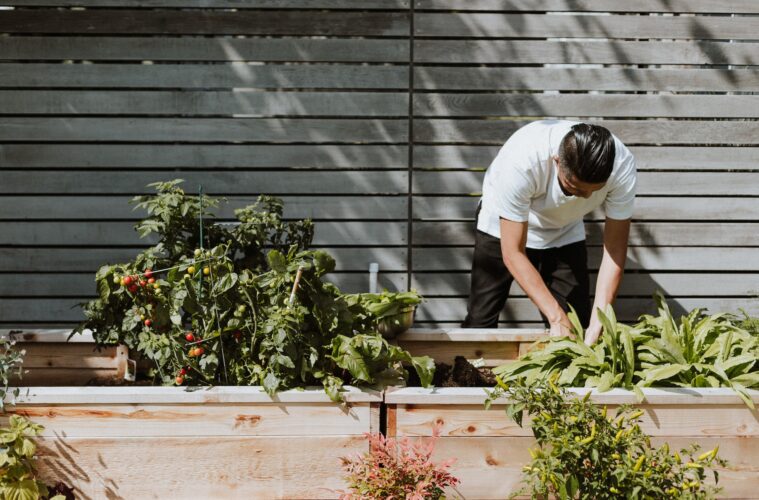Are you ready to put on your gardening gloves and turn that spare patch of soil in the corner of your garden into a productive vegetable patch? Whether you’re a keen green thumb or simply curious about growing your own food, this blog post will give you all the information you need to plan, start and maintain an amazing vegetable garden here in the UK. From choosing vibrant varieties of veggies to uncovering helpful tips on maintaining healthy crops, we’ll be breaking down each step along the way so that when it comes time for harvesting, you can proudly say – this bounty is all yours!
If you live in the UK and don’t have much space, poor soil quality, or unpredictable weather conditions that make traditional vegetable gardening difficult. Don’t worry, we’ve got you covered with a Garden Patch, a solution that can help you turn any space into a productive vegetable garden.
Vegetable gardening has been growing in popularity in the UK, as more and more people become aware of the benefits of growing their own food. Vegetable gardening is not only a great way to get fresh, nutritious produce, but it also helps to reduce carbon footprint, save money, and build community. However, traditional vegetable gardening can come with its own set of challenges. Limited space, poor soil quality, and unpredictable weather conditions can discourage people from starting their own vegetable gardens.
The Problem with Traditional Vegetable Gardening
Have you ever tried starting a traditional vegetable garden, only to find yourself overwhelmed with maintenance? It’s a common issue faced by both beginner and experienced gardeners alike. Tilling the soil, weeding, and watering can quickly become time-consuming and laborious tasks, leaving you with little time to actually enjoy your harvest.
The problem with traditional vegetable gardening lies in its inefficient and wasteful use of resources. But fear not, because there are alternative methods to growing your own products that are both easier to maintain and more environmentally friendly. Keep reading to discover a few solutions to this age-old gardening dilemma.
A Garden Patch
A garden Patch is a solution for people looking to start a vegetable garden in the UK. A Garden Patch uses raised beds, high-quality soil, and a greenhouse to create a productive vegetable garden in any space. Raised beds are an excellent solution for small spaces as they allow for efficient use of space and easy maintenance. High-quality soil provides a healthy growing environment for plants, and the greenhouse protects plants from unpredictable weather conditions. These raised beds can be filled with compost, a mixture of top soil and nutrient-rich organic material, which is perfect for growing vegetables in your back garden.

Vegetable Patch | Growing Vegetables in your Back Garden
The Benefits of a Garden Vegetable Patch
Using a garden patch to start a vegetable garden comes with many benefits.
- First, a Garden Patch is highly productive, allowing you to grow more food in less space.
- The high-quality soil used provides a healthy growing environment for plants. This means that your plants are more likely to be healthy and produce more fruits and vegetables.
- A greenhouse protects plants from adverse weather conditions, such as heavy rain, extreme heat, or strong winds, which can damage plants.
- Save money and reduce your carbon footprint. By growing your own food, you can reduce the amount of food you buy from the store, which can help you save money.
- Additionally, by growing your own food, you can reduce your carbon footprint by reducing the amount of transportation required to get your food from the farm to your plate.
How to Get Started a Garden Patch
Starting a garden patch from scratch can seem daunting, but it’s a great way to create a beautiful outdoor space and grow your own food. Here are some steps to help you get started:
- Choose a Location: The first step in getting started is to choose a location for your garden. This can be a balcony, rooftop, or backyard. Choose a location that receives plenty of sunlight and is easily accessible for maintenance.
- Clear the area: Remove any grass, weeds, or debris from the area. You can use a shovel or garden hoe to dig up the turf and remove it.
- Create raised beds or plant directly in the ground: You can create raised beds using wood, stone, or other materials. Raised beds can help improve drainage and make it easier to maintain your garden. If you choose to plant directly in the ground, mark out the rows or beds where you want to plant.
- Set Up Your Garden Patch: you can also order a Garden Patch online. From different sizes and configurations, you can choose the one that best fits your space and needs. It will come with everything you need to get started, including raised beds, high-quality soil, and even a greenhouse. The assembly process is straightforward, and it provides detailed instructions to guide you through the setup process.
- Choose what to plant: Consider what you want to grow and what will do well in your area. You can start with easy-to-grow vegetables like tomatoes, peppers, and lettuce. You may also want to add flowers or herbs to your garden.
- Plant your seeds or seedlings: Follow the planting instructions on the seed packets or plant tags. Be sure to water your plants well after planting.
- Water and maintain your garden: Water your plants regularly and check them often for pests or diseases. Consider using organic pest control methods if necessary. You may also want to add fertiliser or compost throughout the growing season to keep your plants healthy.

Vegetable Patch | Growing Vegetables in your Back Garden
With a little planning and effort, you can create a beautiful and productive garden in your own backyard.
As more and more people become interested in vegetable gardening in the UK, solutions like a Garden Patch will become increasingly important. It makes vegetable gardening accessible to more people, regardless of their living situation or gardening experience. People and communities can improve their health, reduce their impact on the environment, and build stronger communities.
So why not give it a try and turn your space into a productive vegetable garden today?

